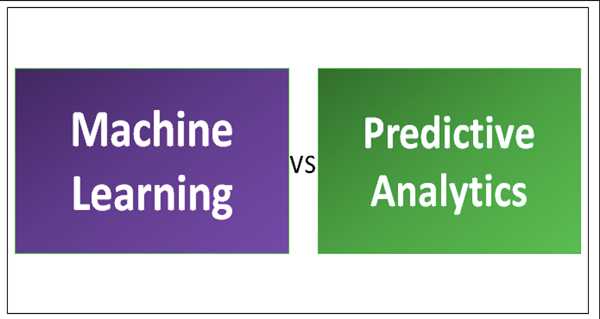Machine learning has become a buzzword in the field of predictive analytics. It is a subfield of artificial intelligence that enables systems to learn and improve from experience without being explicitly programmed. Predictive analytics, on the other hand, is the use of statistical and machine learning algorithms to analyze data and make predictions about future events.
The role of machine learning in predictive analytics cannot be overstated. Machine learning algorithms enable predictive models to learn and improve from data, making accurate predictions and improving business decisions. In this blog, we will explore the role of machine learning in predictive analytics, its applications, and its benefits.
Applications of Machine Learning in Predictive Analytics
Machine learning algorithms are applied in different areas of predictive analytics, including:
Fraud detection: Machine learning algorithms can detect fraudulent activities by identifying patterns and anomalies in financial transactions. Banks and other financial institutions use machine learning to monitor transactions and detect fraudulent activities.
Customer segmentation: Machine learning algorithms can segment customers based on their demographics, behavior, and other attributes. This information can be used to personalize marketing campaigns and improve customer experience.
Churn prediction: Machine learning algorithms can predict which customers are likely to churn, allowing businesses to take proactive measures to retain them.
Risk management: Machine learning algorithms can analyze data and identify potential risks, enabling businesses to take proactive measures to mitigate them.
Supply chain optimization: Machine learning algorithms can optimize supply chains by predicting demand, identifying bottlenecks, and optimizing inventory levels.
Benefits of Machine Learning in Predictive Analytics
The benefits of machine learning in predictive analytics are numerous. Some of these benefits include:
Improved accuracy: Machine learning algorithms can learn from data and improve their accuracy over time. This enables predictive models to make more accurate predictions, leading to better business decisions.
Faster decision-making: Machine learning algorithms can analyze large amounts of data in real-time, enabling businesses to make decisions faster.
Personalized experiences: Machine learning algorithms can segment customers based on their preferences, enabling businesses to provide personalized experiences.
Reduced costs: Machine learning algorithms can optimize business processes, leading to cost reductions.
Better risk management: Machine learning algorithms can identify potential risks and enable businesses to take proactive measures to mitigate them, reducing losses.
Challenges of Machine Learning in Predictive Analytics
Despite the numerous benefits of machine learning in predictive analytics, there are also some challenges. Some of these challenges include:
Data quality: Machine learning algorithms rely on data to make predictions. If the data is of poor quality or incomplete, the predictions will be inaccurate.
Interpretability: Machine learning algorithms can be complex, making it difficult to interpret their results. This can make it difficult for businesses to understand how the predictions were made.
Bias: Machine learning algorithms can be biased if the data used to train them is biased. This can lead to unfair predictions and decisions.
Overfitting: Machine learning algorithms can overfit if they are trained on a small dataset. This can lead to over-optimization, where the model is too specific to the training data and does not generalize well to new data.
Conclusion
Machine learning has become an essential tool in predictive analytics. It enables businesses to analyze data, make predictions, and improve business decisions. Machine learning algorithms are applied in different areas of predictive analytics, including fraud detection, customer segmentation, churn prediction, risk management, and supply chain optimization. The benefits of machine learning in predictive analytics are numerous, including improved accuracy, faster decision-making, personalized experiences, reduced costs, and better risk management. However, there are also challenges, including data quality, interpretability, bias, and overfitting. Addressing these challenges will enable businesses to leverage the full potential of machine learning in predictive analytics.




Leave Comment